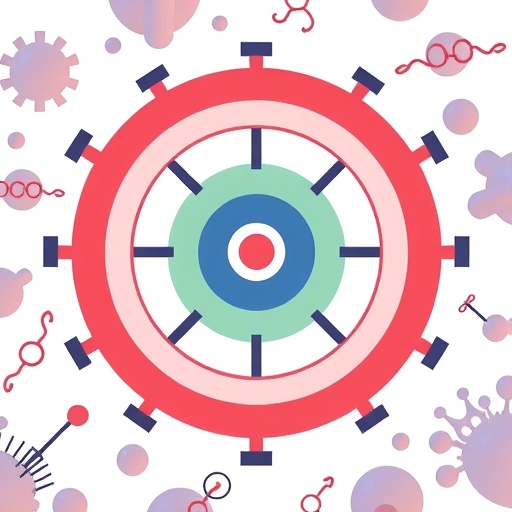
Credit: Vanderbilt University Medical Center
In a major public health success, the introduction of pneumococcal conjugate vaccine PCV13, or Prevnar 13, in 2010 in the United States is associated with reduction in socioeconomic disparities and the near elimination of Black-white-based racial disparities for invasive pneumococcal disease.
That’s according to an upcoming study in the Journal of Infectious Diseases by Rameela Raman, PhD, Helen Keipp Talbot, MD, MPH, and colleagues at Vanderbilt University Medical Center. According to the authors, this is the first study to examine the effect of PCV13 on socioeconomic health disparities.
“Our data show that PCV13 is associated with a large decrease in the overall incidence of invasive pneumococcal disease and that race-based pneumococcal disease disparities are markedly reduced,” said Raman, associate professor of Biostatistics. “There’s reason to think that the 20 Tennessee counties we were able to study are representative of the state and the region.”
The bacterium Streptococcus pneumoniae, or pneumococcus, is the main cause of community acquired pneumonia and meningitis in children and the elderly; other invasive pneumococcal diseases include infections of the heart, brain, bloodstream, bones and inner lining of the abdomen.
The team linked neighborhood-level socioeconomic information to individual-level data collected from 20 Tennessee counties participating in a Centers for Disease Control and Prevention (CDC) bacterial surveillance system. These counties represent approximately 55% of Tennessee’s total population.
Under a previous, less broad-spectrum pneumococcal vaccine, PCV7, from 2001 to 2009 the incidence of invasive pneumococcal disease was 17.9 cases per year per 100,000 population. Following the introduction of PCV13, for the years 2011-16 the incidence dropped to 12.8.
Under the previous vaccine, the incidence of pneumococcal disease among blacks was approximately 1.5 times the incidence among whites: 24.7 and 16.4, respectively. Post-PCV13, the incidence among blacks was around 1.15 times the incidence among whites: 15 and 13.1, respectively. Post-PCV13, the incidence among blacks of pneumococcal disease with serotypes addressed by PCV13 was around 0.8 times the incidence among whites: 2.2 and 2.7, respectively.
Prior to the introduction in 2000 of PCV7, the incidence of PCV13-serotype disease in high poverty neighborhoods was around 2.8 times the incidence in low poverty neighborhoods: 17.8 and 6.4, respectively. Post-PCV13, incidence of PCV13-serotype disease in high poverty neighborhoods was approximately 2.2 times that of low poverty neighborhoods: 3.1 and 1.4, respectively.
Other VUMC researchers contributing to the study include Danielle Ndi, MPH, Tiffanie Markus, PhD, and William Schaffner, MD. They were joined by researchers from the CDC in Atlanta and Brigham Young University in Provo, Utah. The study was supported in part by the CDC.
###
Media Contact
Craig Boerner
[email protected]
Related Journal Article
http://dx.





